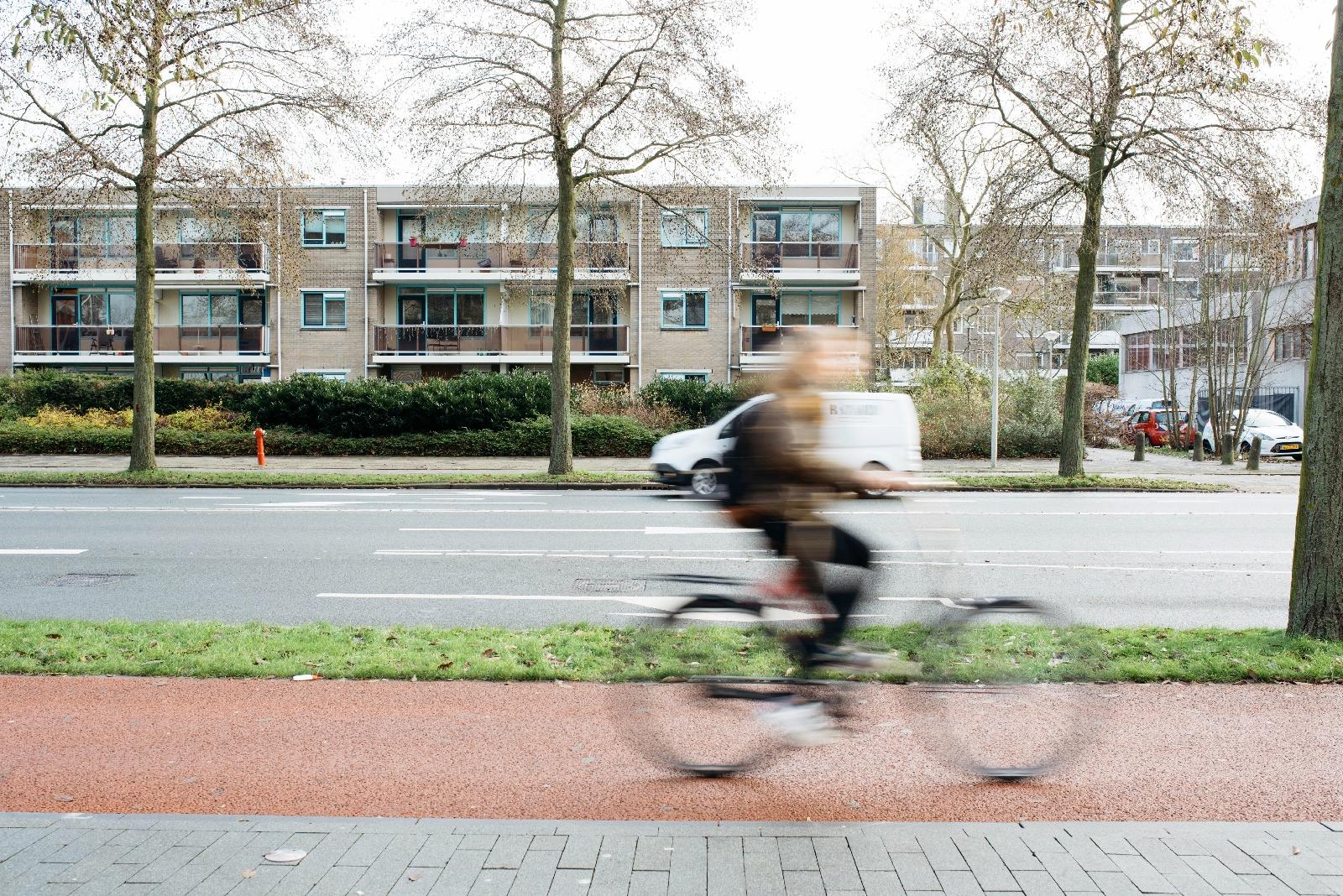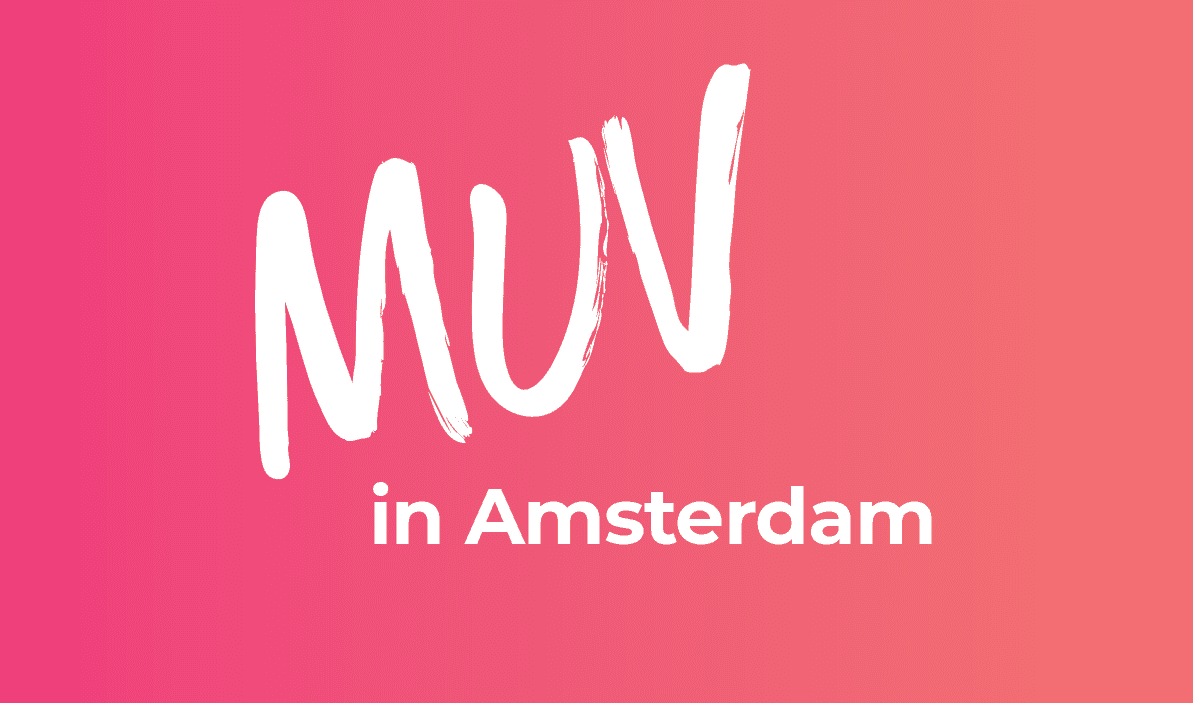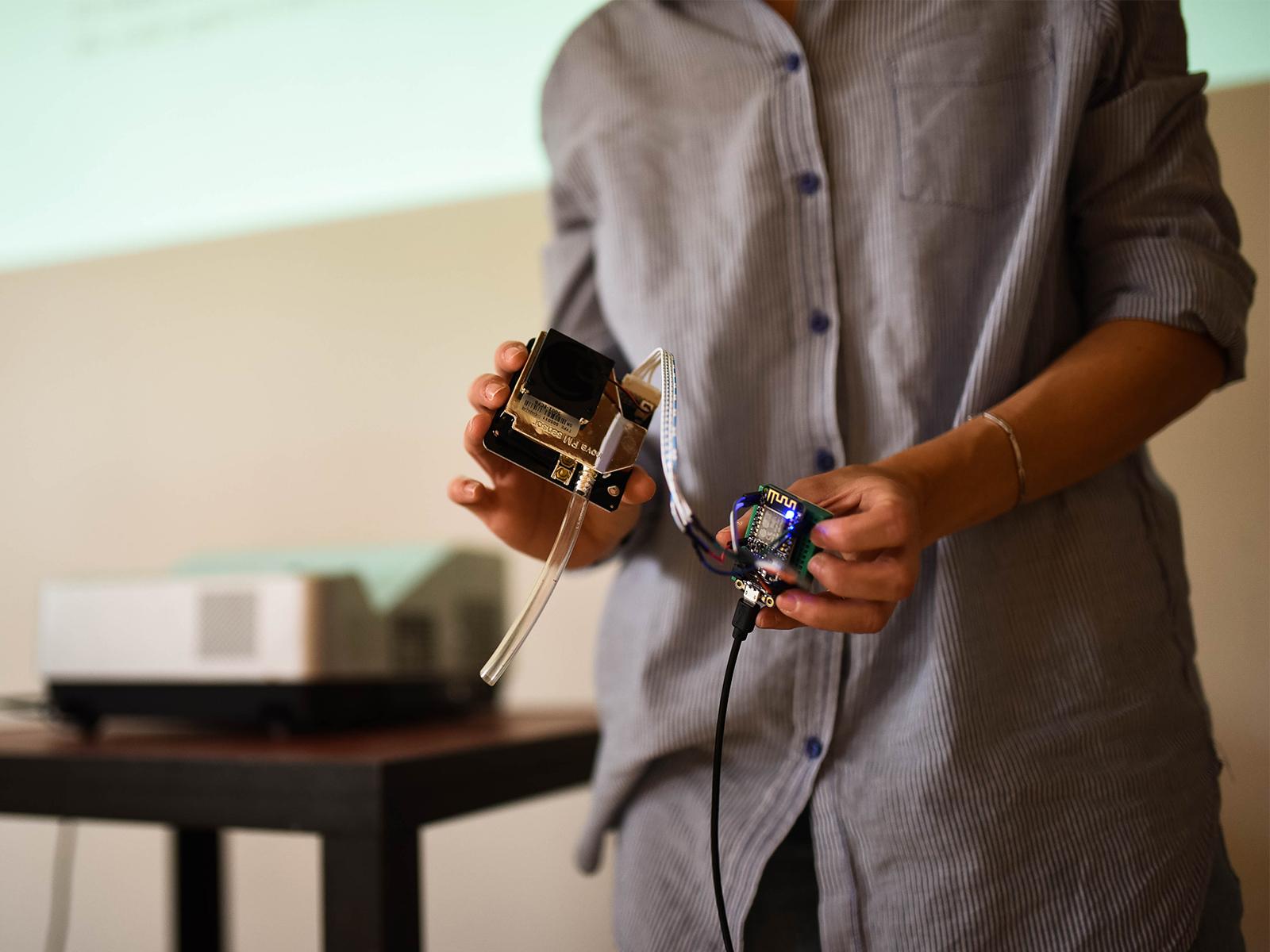A defined group of participants has already formed in Buitenveldert at the meetings with citizens in Buitenveldert (a pilot of the project 'Urban Mobility Values'). Despite the fact that registration is public, we saw mostly familiar faces at the second meeting. Fortunately, this is in line with the positive sounds from the first session, in which local residents mapped each other and the neighborhood in order to be able to continue the project with a clear picture. The meeting itself was already experienced as a pleasant activity to come together.
The specific purpose of the second meeting was to describe and imagine the ideal neighbourhood, in order to continue to work on the most important values that the participants share with each other. The participants were divided into three groups and set to work on three themes for the neighbourhood: sustainability, mobility and social cohesion.
Safety
In both the sustainability group and the mobility group, safety emerged as the most important underlying value. Participants argued for better lighting in the area (LED light, the sustainability aspect was not out of sight). In addition, the crowds and speed of other road users appeared to make the elderly insecure in traffic. An idea that was suggested was, for example, a speed limit for cyclists and scooters to take more part in traffic with a more secure feeling. In addition to safety, the bus transport in the area was also mentioned. According to the participants, too little account is taken of less mobile elderly people, both in terms of space (number of stops) and in time (number of boarding times).
Potential for participation: fun and accessible
In the previous meeting, conviviality was the first priority of the value ladder. That this is an important theme, was clear at the second meeting. The participation of local residents was again discussed a lot. There are plenty of initiatives in the neighbourhood, but there are too few (new) people. Solutions were sought in organizing positive and public activities. Initiatives that do not focus on problems and what needs to be improved, but that focus on entertainment with a strong emphasis on accessibility for different cultures and languages. For example, in Buitenveldert and the surrounding area there are many Japanese and Indian residents who do not master the Dutch language and therefore have little contact with local residents and activities.
Cooperation and control
Attention was paid to the role of various parties in all three groups. Often the ideas in policy making from above and below do not match each other, so that local residents can feel unheard. Participants saw it as a way of organizing special meetings to coordinate wishes, possibilities and priorities. Whether this involves placing solar panels and windmills, speed restrictions or neighborhood activities; there are always several people involved who can discuss their benefits for the neighbourhood.
Concrete change in a playful jacket
The third meeting focused on future images of the local residents and the concrete requirements to work towards this. With a new room, new program and a few new faces, the results of previous sessions were treated in the light of refreshing co-creation. This time the divided groups looked at the specific goals of certain local residents and discussed the necessities, pitfalls and sources of inspiration or initiatives that already exist. The question here was to what extent technology can play a facilitating role.
To make the desired future situation even more concrete, the participants visualized it with the aid of a futuristic news item. What would have ensured that the neighborhood had achieved the stated goal in a year? The challenge was to add a playful element to success, with the idea that both young and old are and remain playful in their own way.
Popular pop-ups, neighbourhood tents and sports
In a year's time, twenty successful pop-up events would have taken place at various locations in the area. Publicity would be available both offline and online, and local residents could have more chance of a discount at a subsequent event with the help of digital savings stamps. In addition, weekly neighborhood camps would be organized in which young and old would take each other to the relevant location to enjoy a self-cooked meal together. In addition, in the future newspaper there is an English advertisement for the upcoming sporting event where everyone is free to join, make teams and try out different sports. For each new sport, the player earns extra points. And do not forget to invite the participant to bring your own snack: bring your own food, please.
First goal achieved
After having discussed both problems and solutions, we again had two effective meetings. We saw tired but satisfied participants leave, also with enthusiastic reactions about the like-mindedness and the new contacts that have arisen. Apart from the long-term vision, Spaar de Buurt is already making an important step for another goal: bringing together and connecting Buitenveldert residents.


